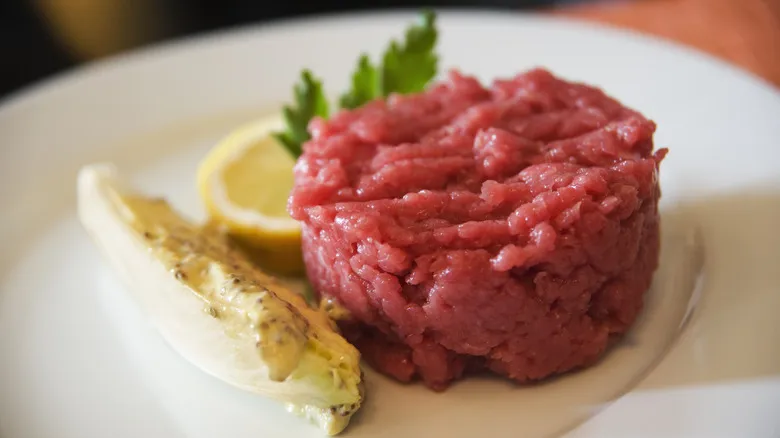What types of beef to buy and to avoid
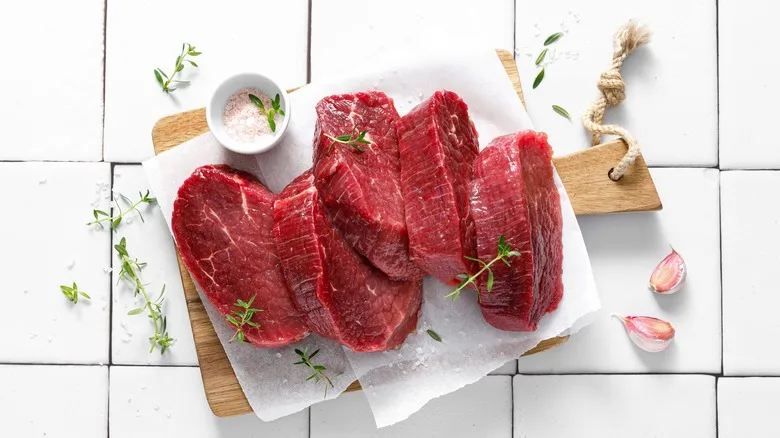
Selecting meat for steak tartare involves more than just finding the right store; it requires choosing the appropriate cuts of beef. To start, opt for a tender cut, as there’s no cooking to soften tougher meat. Cuts with connective tissue, such as brisket or chuck, are not ideal since they come from more active parts of the cow, resulting in tougher meat.
Leaner cuts are typically preferable to avoid any gristle in your tartare. For instance, Martha Stewart suggests using tenderloin, a recommendation echoed by many other recipes. Top sirloin is another excellent option, favored by Alton Brown in his recipe. It’s low in fat and, as an added benefit, more budget-friendly than tenderloin. Top round is also a cost-effective choice; while it comes from a slightly tougher area of the animal, it remains low in fat and flavorful. In general, aim for meat that is as bright red as possible, as this indicates freshness.
General safety tips to know for steak tartare
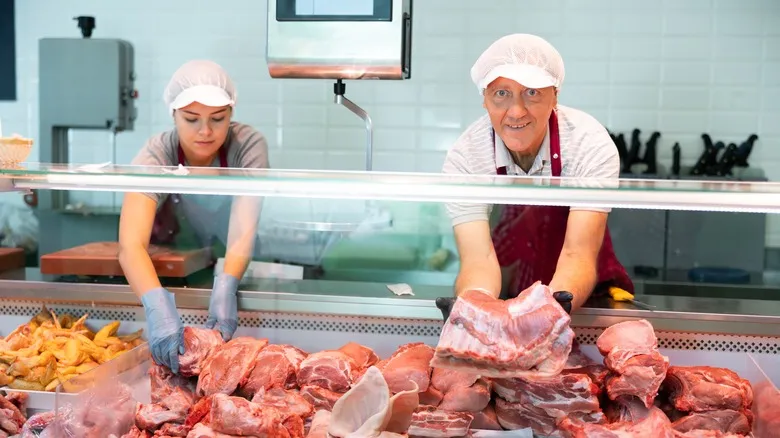
Officially, the USDA advises against consuming steak tartare, strongly recommending that all beef be cooked to an internal temperature of 145 to 160 degrees Fahrenheit before eating. However, in practice, tartare can be safe if you maintain proper hygiene. Choosing high-quality meat is crucial, but proper storage is equally important: keep it refrigerated until just before preparation. It's essential to use thoroughly clean knives and cutting boards to prevent any contamination. If you follow these guidelines, you shouldn't have any concerns when enjoying that classic French tartare.
Lastly, let's address the topic of ground beef. While many tartare recipes typically do not include ground meat (favoring cuts like tenderloin instead), there are similar dishes that do, such as the "cannibal sandwich" found in Wisconsin. In general, it's best to avoid ground meat for any raw beef preparations, as various cuts from different sources can be mixed together in a meat grinder, posing significant food safety risks if consumed raw. In theory, you could use ground beef if it comes from a single cut and is processed through a clean grinder, but this may require you to do it yourself at home.
Recommended
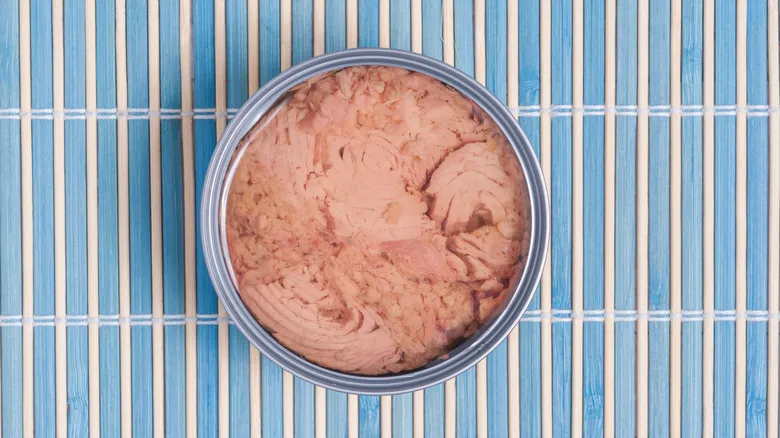
The Store-Bought Canned Tuna You Should Always Have On Your Shopping List

The Secret Tip That Could Save You Money When At The Farmers Market
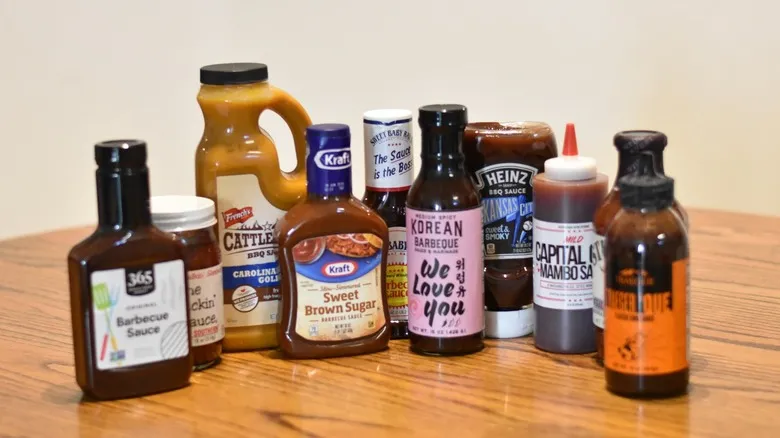
Popular BBQ Sauces On Amazon, Ranked

The Simple Tip That Saves You Money When Buying Produce
Next up

